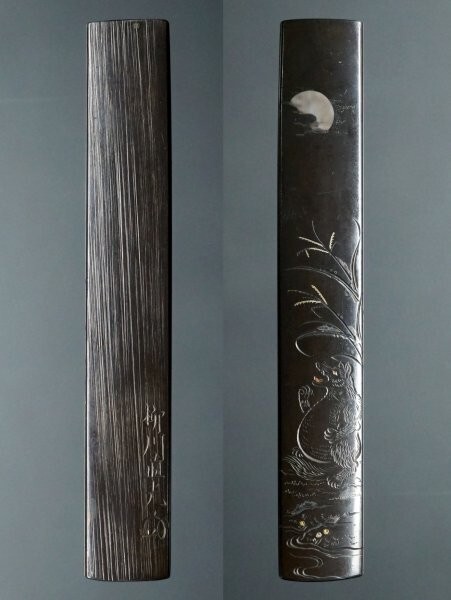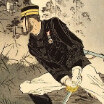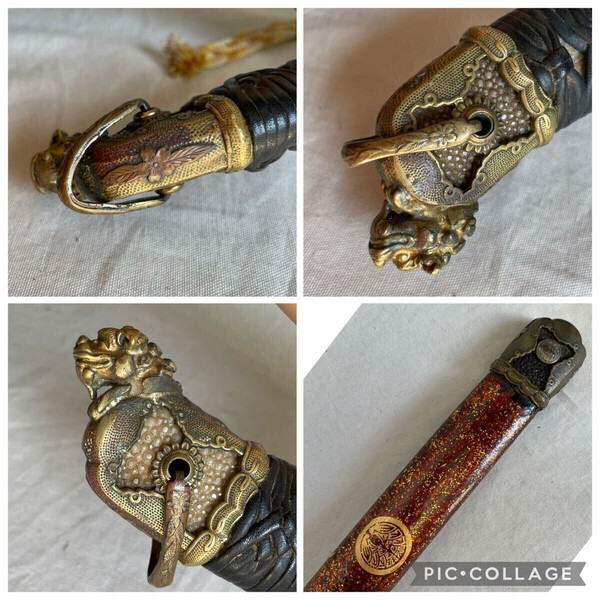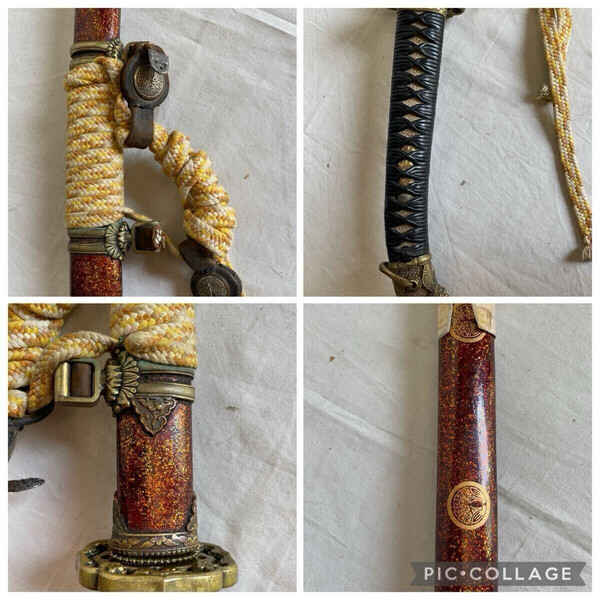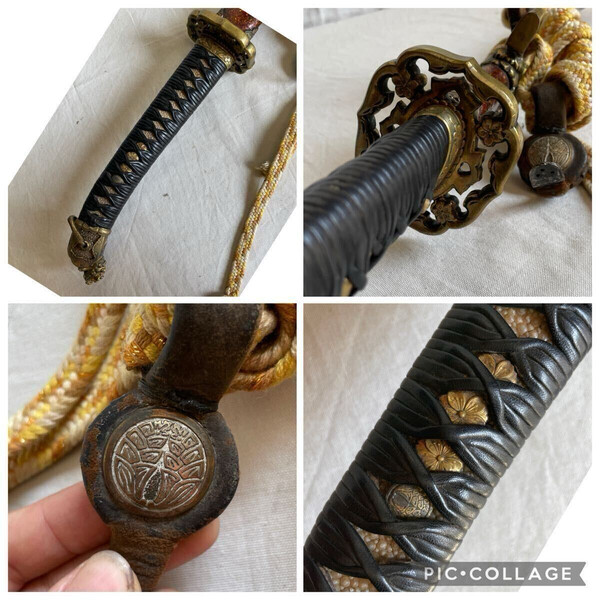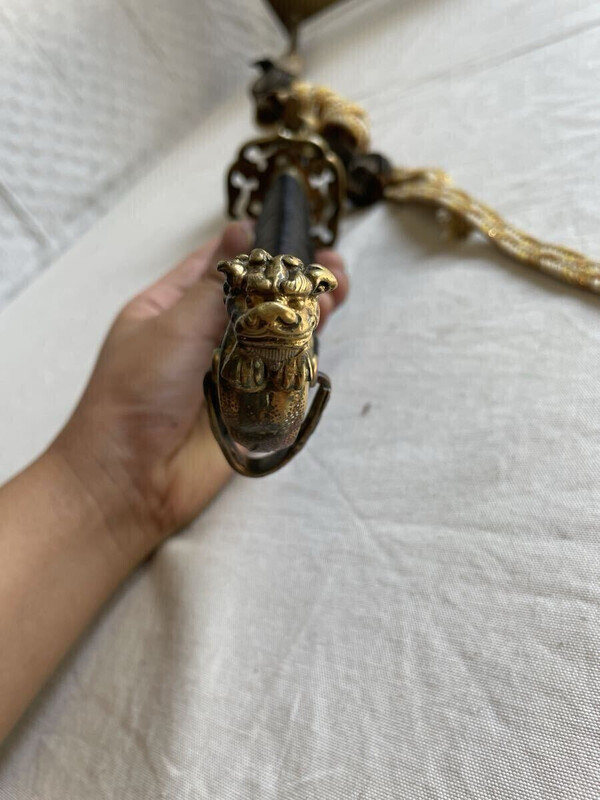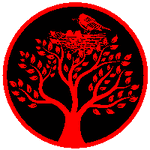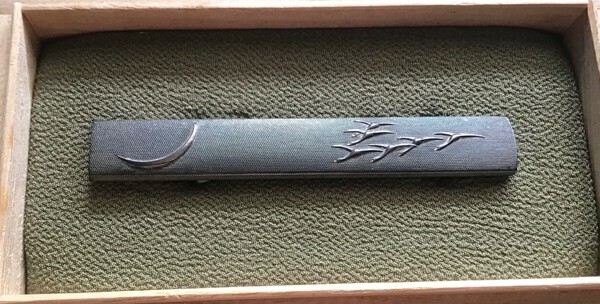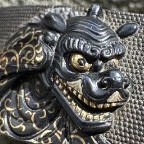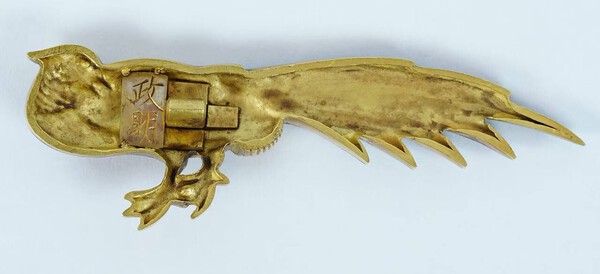Leaderboard
Popular Content
Showing content with the highest reputation since 09/08/2025 in Posts
-
These books are not related to my own online Gokaden series, they are translations of Tanobe Sensei's books on the same topic, as Brano pointed out. Bizen I (Osafune School) has been translated by me and submitted, and I think the publisher Me no Me has it scheduled for spring of 2026. I am meeting with them in Japan in two months and discuss the future volumes, based on the way Tanobe Sensei is comfortable with continuing writing them (and has made progress so far).14 points
-
This is a koshirae I just received a few days ago with a signed signed So-den Bizen blade from one of Enbun Kanemitsu's students. The koshirae has inlaid coral and malachite (in addition to the cloissone elements). The fittings have an Ezo / Umetada look to them (excluding the kojiri). Best regards, Ray12 points
-
12 points
-
Hello, The answer to this question really depends on which segment you operate in. The best strategy depends on your personal circumstances: the level of your collection, the tax policies of your country, and the family dynamics between the heirs. S Tier collection: At this level, items remain locked up post-death. Purchases are most often realized through a foundation, and items are preserved in a museum. The attrition rate on top items is driven by these types of Japanese collectors with a focus on legacy and creating persistent cultural institutions. See Sano Museum, or the more recent Token Museum of Nagoya. A tier collection: Top auction houses like Sotheby's and Christies are generally tasked with disposing of the collection (e.g., Paul Davidson, Compton collection) , but not always. Often, there are pre-agreements with the owner on the post-death sale of specific items. This is one of the only ways to access truly outstanding items, and some of the most formidable collections have been formed by placing these sort of "dibs" on items that owners would otherwise never sell. Another strategy is progressive dispersion: some owners will start trimming their collection from the bottom up early on, keeping only a few but extremely exclusive pieces for which there is ample demand, and have post-death sales or consignment agreements in place for what remains. If consigned, these truly exclusive items will be sold discreetly and without fanfare through trusted relationships with the dealer to his absolute top clients. B Tier collection: Items are usually triaged between first tier auction houses as part of a general "Samurai Art" sales and second tier auction houses for lower tier items. For example, promising items go to Bonhams, other less promising items go to Zacks. Consignments of entire collection with dealers are not uncommon here. C Tier collection: Consignments with dealers becomes the norm here. There is bargaining involved, as usually the dealers are unwilling to consign items of lower value. There can be quite some wait involved for heirs to "see the money" and this is where it becomes tempting to sell it all as a large discount for cash upfront. Partial cash and partial consignment arrangements are also possible, and should be planned ahead of time. D Tier collection: Ebay listings by family or friends, listing on the board here, and so forth. There are also major cultural differences, some of which are driven by tax policies across countries, suffice to say I won't elaborate. Family circumstances also play a major role, as sometimes heirs are distrustful of each other and auction houses act as "neutral arbiters" to pre-empt potential conflicts. Hope this helps, -Hoshi11 points
-
I have done this several times in the past as a paid professional service for higher-end collections. That is, collectors were paying for the flight, two nights in a nearby hotel, with a prior discussion about number of objects and desired level of detail so that I was able to give a rough quote in advance. Pictures, and as many notes as possible taken on the ground, then compiled a folder or booklet of the collection back home, including rough estimates, comparables, etc., from past auctions and other sales, for example.10 points
-
With Georg's (Promo) permission, here is a little reminder of Masayuki (Kiyomaro) exhibited at the Berlin Samurai Museum. The sword will be on display in the museum's blade room until next spring and is probably the only work by Masayuki (Kiyomaro) on public display in Europe. (I'm not sure, but currently Kiyomaro is probably only on display at Touken World in Nagoya. However, I'm happy to be corrected). Next to Masayuki, his great rival Koyama Munetsugu stands peacefully side by side, along with other works from the Shin Shinto period, which “round off” the picture of this last phase of the Edo period in terms of sword smithing. So if you happen to be anywhere near Berlin, Germany, you should take the opportunity to visit Masayuki here.10 points
-
I think it is totally understandable that there are several different forums and closed groups floating around various places. In my ideal world there would be just 1 huge meeting place where everyone would get together and share info freely. Of course real life doesn't work like that... People are people and not everyone will get along, and there are probably studies on why certain groups will form etc. Just checked that my membership here at NMB is closing in 18 years, and to be honest this is one of my favorite places online and has been for a long time. I hope to be a member in here as long as the forum is up. I have met so many amazing people through this forum online and some I have even met in person in various places. I admit that I am too grown into the forum that I feel quite puzzled how people are not joining in for gold membership at such cheap overall price. For me it is about the community in here, maybe the difficult thing is getting the new folks feeling welcome in the community.10 points
-
Hi Dee, I know this is ragebait, but it's not healthy for the community and should still be called out. It is profoundly unwise to post such a take on a forum devoted to the preservation and study of Nihonto. * edit admin * I trust you'll get back on your feet and grow a thicker skin. Get better soon, Hoshi9 points
-
Here is the favourite bird-themed tosogu from my collection: a tsuba by Watanaba Issei. It depicts the southward migration of geese in the autumn months and their return to Japan in the eighth lunar month known as “Kanaraigetsu”. As the geese migrate south from their summer visit to Siberia they inspire thoughts of the coming winter, but also give a strong feeling towards the Japanese spirit. I fully appreciate how especially during times of change and uncertainly that this yearly event brings a sense of unity and national pride. The importance of geese in Japanese art was further secured by stories of several military heroes who had achieved victory in battle when a sudden breaking of ranks by flying geese signaled an ambush. This protective role of the birds led to their frequent use in decorating tosogu. I particularly like the detailed carving of the geese on the omote and the snow on the reeds; you can see them buckle under the weight. On the ura the imprints of the geese's feet in the snow are very charming, as well as the sekigane which is made to look like snowfall, a lovely touch.9 points
-
9 points
-
9 points
-
9 points
-
"Japanese aesthetics though are more tricky to understand and are not just "in the eye of the beholder", which is a silly Western concept" I'm curious about this. Could you elaborate? (Jeff) A question to write a book about, but I will try: Japanese swords were not made in a vacuum. The sense for their appreciation and beauty is embedded in a culture long gone and hard to understand even for (modern) Japanese people. Even more so for us Westerners. Usually we tend to enjoy and acclaim features we can easily recognize and understand within the perimeters of our cultural background. An example for this attitude on a very high level: Etchu NORISHIGE is considered a top-swordsmith within Soshu-style of sword-making for good reasons. Western collectors are crazy about his works, for their contrast in jihada and their obvious hataraki are so spectacular. But old Japanese connaisseurs considered his work clearly inferior to MASAMUNE's and SADAMUNE's. Why? Because of its lack of dignity! "What does that suppose to mean: dignity? In 2025 we are living in a world stripped of pride and dignity! Let's make ourselves shine by all means possible." Well, samurai's aesthetics didn't work that way. My advice: Learn the difference between "aki ni sae" and just brightly shining nioi on a hamon. Furthermore study Japan's history and craftsmanship, especially paintings, sculpture, calligraphy and even everyday objects. It is a long way to go, but it is very helpful to understand appreciation of Nihon-To. reinhard8 points
-
One way of looking at it: Top level guys doing fittings for the govt Tokugawa types go to = Goto, individually hand tooled stuff Higher officials needing work appropriate gear go to = Yoshioka shop, good formal. Some minor time saving shortcuts ex: https://www.aoijapan.com/kozuka-kogatana-yoshioka-inabasuke/ Other bureaucrats needing a rig, but a bit more cost go to = Yasuda shop, also pretty good- but maybe more gold plated or lacking in specifics of design. Example: https://www.aoijapan.com/kozuka-mumeiyasuda/ Or ... Fifth Avenue NYC, vs Off Fifth Avenue, vs Filene's Basement / Century 21. All decent, but how bespoke is it? You have Tokugawa mon on the kozuka and kogai. They look very clean yet not too ostentatious in execution. If you look at the nanako, probably it is very uniform and consistently the same size. Yoshioka work is often very clean and strongly uniform elements in the execution. Put another way, they had High quality control. Often unsigned. When they wanted to, they could kick it up a notch or two- so not all Yoshioka work is the same level. Tokugawa mon+ fairly formal with no signs of gold loss + very precise nanako => first guess is Yoshioka.8 points
-
Offering an ubu Muromachi period katana in koshirae with current NTHK kanteisho to the Dewa Ko-Gassan swordsmith Munetsugu. The jihada is a beautiful ayasugi-hada, typical of what you would see from the Ko-Gassan school. The blade has a suguha-based hamon activities which flow with the jihada. The blade is in late Edo period buke-zukuri koshirae, with shakudo fuchigashira and menuki, and an Edo period iron tsuba. The saya does need repairs (a replacement kojiri and to be reglued). While the NTHK kanteisho noted the blade as being Tensho (late Muromachi), the only Ko-Gassan Munetsugu I see documented is from the early Muromachi period, circa Oei. His bio is below, courtesy of Markus Sesko. $7k + shipping MUNETSUGU (宗次), Ōei (応永, 1394-1428), Dewa – “Gassan Munetsugu” (月山宗次), Gassan school8 points
-
If I were to die unexpectedly (I'm only 36), my collection would be left with my wife. For years now, she has patiently put up with me talking about swords, sword deals, and watched me travel all over the place and meet all sorts of people. I've conveyed to her the people I trust in this field. She will have the option of contacting them, or keeping my swords for herself. I wouldn't have married her if I didn't trust her; and I think i've set her up to make the right choice. Lets hope that day doesn't come anytime soon -Sam8 points
-
Hi Marcus, This is an Oei bizen hamon structure, it was first introduced by Chogi and the Soden-Bizen group. You can tell by the groupings of gunome and choji formations. Specifically, notice how they cluster together in series of peaks, before receding? Another sign is the relative quietness of the ha, it is fully rendered in nioi, and there is not much activity within, this is also quite typical of these Oei blades. The three most representative smiths of this group are known as the "Three Mitsu" (Yasumitsu, Morimitsu, Norimitsu). They stewarded the Osafune school into the turbulent Oei period (1394-1428). It is very difficult to distinguish between them. There exists multiple generations that extend into the beginning of the Muromachi, but on the basis of the conspicuous utsuri, I would place it with the first generation, and Yasumitsu as the most likely candidate. There are other candidates in Oei: Iesuke, Iemori, and Tsuneie. Here is a masterpiece by Chogi ranked Tokubetsu Juyo, where you can see the origins of the hamon of your blade: https://eu.zonerama.com/Nihonto/Album/11057812 The standout midare utsuri is lovely, and indicates that the blade is in good health. Once upon a time, this was likely a proud tachi with a Kamakura-inspired sugata that Yasumitsu was fond of emulating. Best, Hoshi8 points
-
8 points
-
8 points
-
Eric came here asking for thoughts on this sword. A number of experienced members chimed in with opinions and observations. And while some were delicately stated, and some not, I found myself learning from the things I had missed and overlooked none the less. Eric asked for thoughts, and to his credit, welcomed all of them. This is the way.8 points
-
8 points
-
8 points
-
So I got a package a while ago from my dear friend Kazuhiro Hayashi, who as many of you know had recently passed. In the package, a bare blade, no fittings. . He did this from time to time, sending me unusual pieces that he thought I would be Interested in. I like the odd sort of things. Its a Wakizashi with just shy of a 22 inch Nagasa and a deep bohi running the lengh of the blade into the nakago. The sori is about 1/3 inch measured from the Mune machi. It has a very very slight bend but I think that could be sorted by someone who knows how. The polish is not great, but some of the details are visible. Of note, the Hamon is all over the place, which is why I think he sent it to me to begin with. No clear pattern. There is a lot of activity. Big Nie crystals. Lots of sunegashi all up and down the blade. I cant really see much of the hada. It is signed. KUNIHIRO. old style kanji. The nakago does still have some yasuri mei, and there are 3 mekugi ana. one was plugged, one towards the bottom looks recent, and the main looks to be hand punched. I'll post up some pictures and we can all have a discussion about it and what I should do with it next. I'm considering full restoration considering the personal meaning it has.7 points
-
7 points
-
In order to give you a visual idea what separates a masterpiece from the better-than-average work, I'd like to show you a comparison. One blade is a masterpiece by Osafune Mitsutada made around middle of Kamakura-period. It airs a supreme yet relaxed mastery of forging and tempering in all aspects; dignity as well, if you want. The other blade is a work of Edo Ishido Tsunemitsu from Kambun-era. It is a very well made blade with brightly shining nioi-guchi, utsuri and all traits of a good choji-midare hamon. (The images were made by master-polisher Fujishiro Okisato and show the real nioi-guchi without hadori-finish) One blade I call a masterpiece; the other a very well made blade. Hope this is is helpful. reinhard7 points
-
Steven, I’m sure you’ve been told this a million times before, but there is a Military Swords of Japan section on this forum. So why do you keep posting here? I’m tired of seeing your posts in ALL CAPS! You are buying and selling swords(for years...)...Instead of constantly depending on others with zero contribution to this forum, why not try learning on your own first and come to your own conclusions?7 points
-
An important and exceedingly rare Japanese efu tachi made by Imperial Household Artisan Kanenori to commemorate the Ascension to the Throne of Emperor Taisho. This sword is dated August, 1912. Emperior Meiji passed away on July 29, 1912. Yoshihito, his son, ascended to the throne in August 1912. Emperor Yoshihito was later awarded the name Emperor Taisho, 123rd Emperor of Japan. Efu Coronation court tachi were made in very limited numbers–often just 12 were made. Another such example was returned by Russian President Vladimir Putin to Japan in 2016. It was presented to Japanese Prime Minister Shinzo Abe. That sword was made for the ascension to the throne of Emperor Hirohito (Showa). A quick google search will bring up an article about that sword. This sword is signed ‘Teishitsugigeiin Sugawara Kanenori’ (Imperial Court/Household Artisan). The reverse is dated ‘An auspicious day in August, First Year of Taisho Era’ (1912). The nakago is also marked ’83 Okinasaku’–which refers to Kanenori’s age of 83 at the time he made this sword. The koshirae is adorned with the Go-shichi no Kiri (5-7-5) Paulownia crest. The blade nagasa is 63.8 cm. This fine Coronation tachi comes with shirasaya as well. Each piece (tachi and shirasaya) comes in a silk sword bag. CONDITION: This important and exceedingly rare Coronation tachi is in quite perfect condition. This sword was well cared for. SOLD --Matthew Brice StCroixBlades.com7 points
-
Now onto the koshirae... I cant understate how impressed I was, upon seeing it in person- And its left me with a newfound appreciation for Tosogu. I'm really fond of the subject matter; 'Tigers in Bamboo Grove'- a theme that carries on into the design of the Fuchi-Kashira, Koiguchi, Kurigata & Kojiri. As a complete set, it gives a nice sense of continuity to the Koshirae. But for me, the stand-out quality of the Futakoromono was the biggest highlight. Both the Kogai & Kozuka feature a golden trio of Aoi-Kamon, framed by an incredibly fine nanako-work background. Its very much the focal point of the koshirae set, when on display. Again, ill be sure to share photos. Thanks All- hope you enjoy, - Marcus.7 points
-
I appreciate your candor, I of course was not expecting you to air your actual fees, but now that you have, $125/h seems extraordinarily reasonable in today's market for the amount of knowledge and experience you bring. Also serves to infuriate those like myself who have paid mechanics and other contractors, similar rates, for subpar knowledge and services. Such is life.....7 points
-
Basically, it boils down from my standard (non-translation related) consultation fee of $125/h. Has to make sense for both parties. For example, I would never dare to charge, let's say, $5k for a huge collection of objects, but which likely will only reel in $15k at the end of the day, that's not economically reasonable. It really depends on the breakdown @Hoshi posted earlier.7 points
-
Hi Volker I'm alive and doing well....well I hope I'm well... Don't know why your emails were not delivered. Have not updated the website for some 6 years however hope to do so in the near future. The website is more a Hobbie to me, and I have been busy with my professional work these past few years. Plus I have moved house and faced a serious health issue. I 'm also what they call Technology Challenged and rely on my son to do the updates on the site, and he is working on updating the complete website when you gets the chance. I have lots of good gunto items currently stored that will be listed...Koshirae, Saya, Tsuka, Leather Combat Covers, Gunto Metal Fittings, Belts, Etc. Kind Regards Doug7 points
-
7 points
-
7 points
-
7 points
-
I have not commented as it is difficult to figure bonuses or incentives for gold membership. Many of the comments above make good sense. I agree with the thought that having people "just use us" for multiple translations and info for commercial benefit (selling elsewhere) is frustrating. I enjoy some help from time to time, thanks to the group! some suggestions to limit abuse (without supporting the forum) sounds positive. One suggestions for a benefit of membership could be an advantage on sale items. We are all in different time zones and i see comments from members about missing opportunities to buy something. Maybe gold members have access to new sale listings for 12 hours before they are listed for everyone? Or maybe gold members receive a notification of some type like an email (possibly members could turn these on or off as preferred) might give gold members a slight advantage to see new items for sale. From a sellers perspective selling to a gold member might be easier than navigating multiple unknown people inquiring and making a sale more difficult. I'll give it some more thought Mark7 points
-
Thanks for the menpo ‘Hideshige’ Mei example, Uwe. Here is the map. I have a final printed version of this, but not here at the moment. See 1. the whole of Japan, then 2. the Kanto section and finally 3. the block of names attached to Tokyo/Musashi/ Bushū. Your smith is between the points of the caliper. PS 函人 ‘Kanjin’ is an old word for an armourer. Notice this unusual Kanji is used in the description 武陽函師 Buyo Kanshi master armourer, under the bell photo above. 1630 seems reasonable to me. 1. 2. 3.7 points
-
7 points
-
I wish to suggest Nagasaki shippō as a more likely attribution...7 points
-
7 points
-
7 points
-
Hi Rebecca! What you have there is a Navy blade made by the Tenshozan sword company in the last days of the war, but mounted in souvenir fittings. Tenshozan contracted with the 8th Army PX (military version of Walmart) to sell over 8,000 of these souvenirs from 1946 to 1950'ish. The painted number - 11402 - tells us the blade was likely made before the war's end, but never used in combat. Many surplus blades were re-fitted for the souvenir contract and sold through the PX in Japan and later in Korea. Value? When honestly sold as souvenirs, they normally run about $450 USD. Navy kaigunto (Navy blades in proper Navy fittings) can go as high as $2,000 plus/minus. You can read about the souvenir operation in this article - The Mysterious NLF Gunto - A Souvenir PS: Could I possibly get a full length photo of the nakago (tang) for my records? I file and track these.6 points
-
万金産業袋 (also written 萬金産業袋), published in 1732, describes how to make iron tsuba. The method is to recycle old farming tools, no casting. https://kokusho.nijl.ac.jp/biblio/100258979/31?ln=ja It is all in Japanese and written in kuzushi-ji, but you can scan it with the miwo (みを) free application, which will give you the writing in typed text, which you can paste in a translation software.6 points
-
We all just got to witness the selling of the Plimpton collection. A few of our guys got to help disperse large chunks, but I don't remember who the primary guy was that seemed involved in the beginning. Mine, when I get hit with the proverbial truck, goes to wife, then daughter, neither of which is interested in them. So, I've made a notebook with the basics about each sword and have listed the contact info of a couple of guys they can reach out to if the want to sell them off.6 points
-
1.1 Enkaku 沿革 History Page 1 昭和 9年 県内の金属工業指導のため地方商工技師1名が関刃物工業組合に駐在 1934: One local commercial engineer was stationed at the Seki Cutlery Industry Association to provide guidance on the prefecture's metalworking industry. 昭和12年 岐阜県金属試験場規程を公布、仮事務所を関刃物工業組合に開設 1937: The Gifu Prefecture Metal Testing Laboratory Regulations were promulgated, and a temporary office was opened at the Seki Cutlery Industry Association. 昭和12年 庁舎新築起工式(岐阜県武儀郡関町南春日13) 1937: Groundbreaking ceremony for new office building (13 Minami-Kasuga, Seki-machi, Mugi-gun, Gifu Prefecture). 昭和13年 本館および試験棟2棟竣工 1938: Completion of the main building and two testing buildings. 昭和16年 日本刀鍛錬研究室増築(日本刀鍛錬塾寄贈) 1941: Expansion of the Japanese sword forging laboratory (donated by the Japanese Sword Forging School). Citation Gifu-ken kōgyō gijutsu kenkyūsho 岐阜県工業技術研究所 [Gifu Prefectural Industrial Technology Research Institute]. Gifu-ken kōgyō gijutsu kenkyūsho nenpō: Heisei 25-nendo 岐阜県工業技術研究所年報〜平成25年度 [Annual Report of the Gifu Prefectural Industrial Technology Research Institute: Fiscal Year 2013]. 2014. Source https://www.gitec.rd.pref.gifu.lg.jp/files/annuals/annual_metal_2013.pdf6 points
-
Hi! Brian said it quite accurately. The mei can be in different places, sometimes even on a plate of pure gold inside. However, as with other tosogu items, it all comes down to the quality of the craftsmanship. The more intricate the work, the more likely it is that it was created by a renowned master who may have included a mei. In most cases, mei signatures are not present, which is normal. This item is genuine. Menuki are less likely to be counterfeited, and you can easily identify them.6 points
-
6 points
-
Everyone: To keep it simple... There is the Higo Hirata school and then there is the Hirata Donin school. Higo Hirata (Hikozo and his line) = no cloissone Hirata Donin (and those after him) = extremely skilled goldwork and cloissone, Don't confuse the two.6 points
-
I don't want to add fuel to the fire, just a few considerations, always with a view to learning: I see a lot of confidence in the Shinshinto dating, but honestly, as others have expressed, I have some reservations... it's not rare but not common to find a Shinshinto osuriage blade. 0.65 Kasane for a Shinshinto blade is very thin... why all these polishes? Horimono atobori (I agree), but considering the kasane, this makes me think it was applied a long time later... early 1900s? I also agree with Alex that to spend the money on horimono, either the blade is worth it or the owner was particularly keen on it. The Nagasa seems to be around 66cm (Correct?), so we're in the uchigatana range... something doesn't add up here either... so the blade was made in Shinshinto and then shortened to uchigatana? Perhaps a personal choice by the owner... So, in my ignorance, I see three solutions: 1. The blade is older. 2. It's Shinshinto, and the blade has undergone an unconventional life/choice. 3. Shinshinto, and modifications have been made to make it appear older. Offtopic For what it's worth: There are tons of informative posts on the forum where people can understand how to approach a purchase, from various perspectives (Some even recent posts). Despite this, someone regularly posts about their newly purchased blade without having done any research. This should make us reflect on the pointlessness of setting up a roundtable of inquiries...there will always be people who do their research and those who don't, regardless of how many posts on the subject are made...for me, a purchase in itself is never a bad thing. I'm one of those who bought their first blade without knowing anything (the blade wasn't even for me). Without that purchase, I wouldn't be here today, I would never have bought books, and I wouldn't sleep with Nagayama on my nightstand. The purchase opened my eyes to this world, I realized there was so much more to know, and it gave me the motivation to delve deeper. This is to say that regardless of the advice, there will be those who want to delve deeper, those who don't, those who will have their own time to do so, and I think that from this perspective, the role of a forum like this is also to encourage people to continue along the path without making hasty judgments on hasty initial decisions. There's always time to redeem yourself All the best Giordy6 points
-
6 points
This leaderboard is set to Johannesburg/GMT+02:00

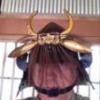



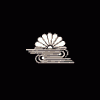





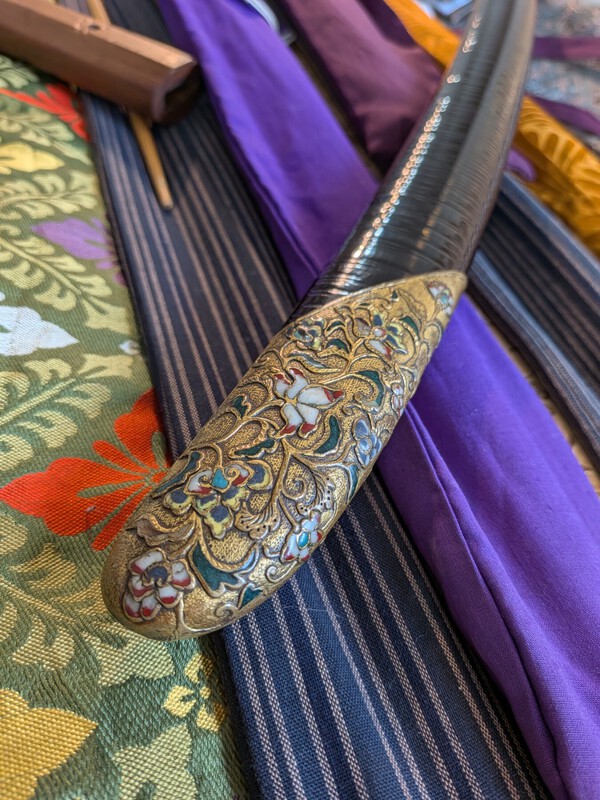
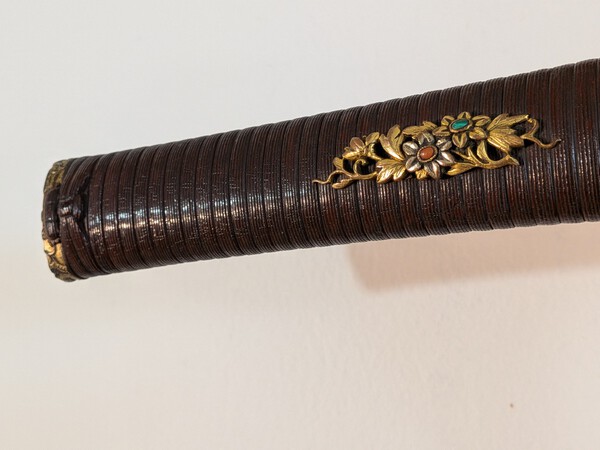
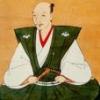






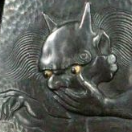

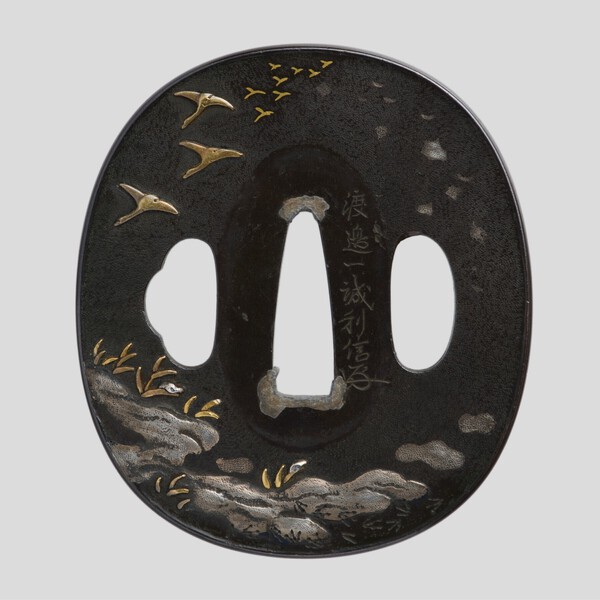
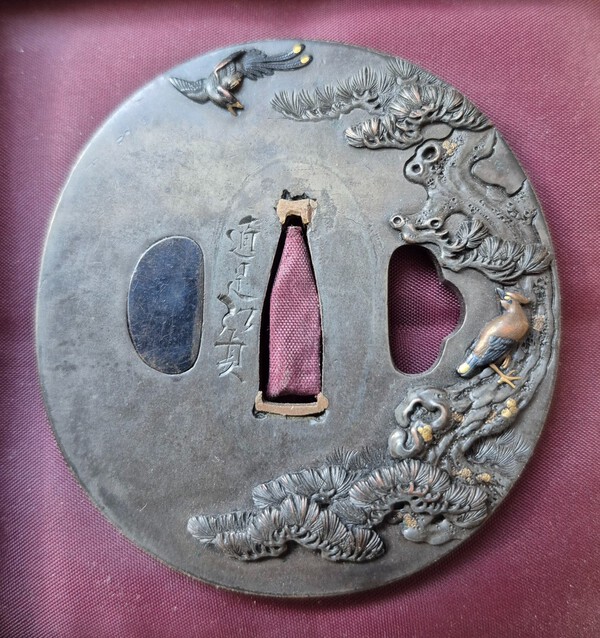
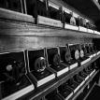
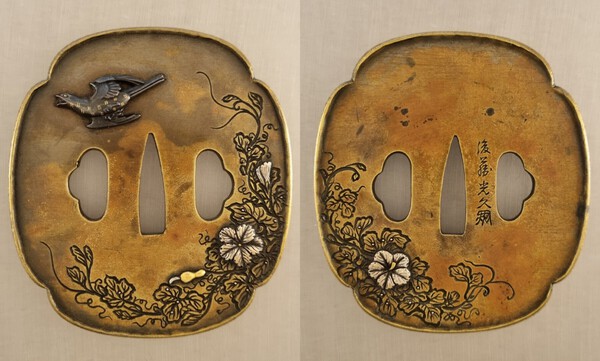






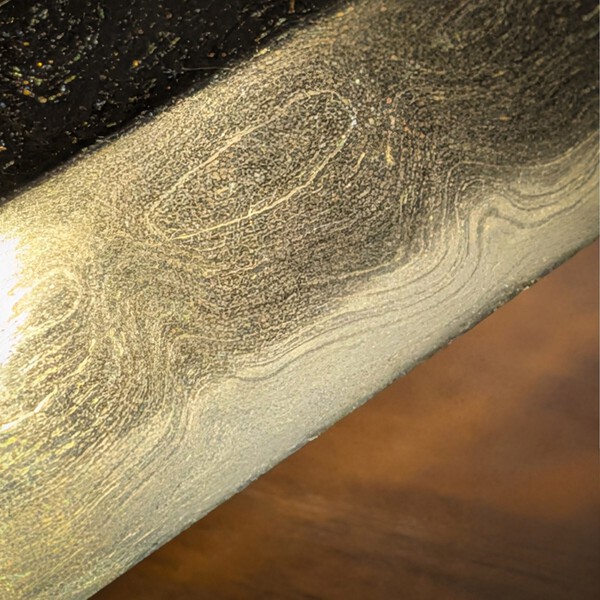
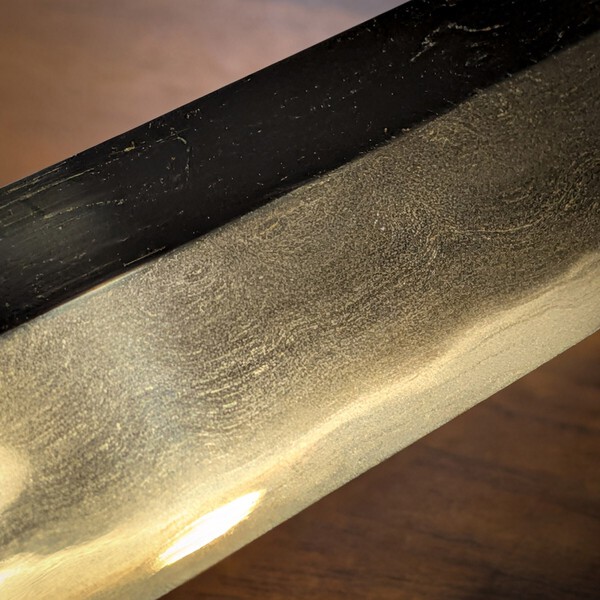
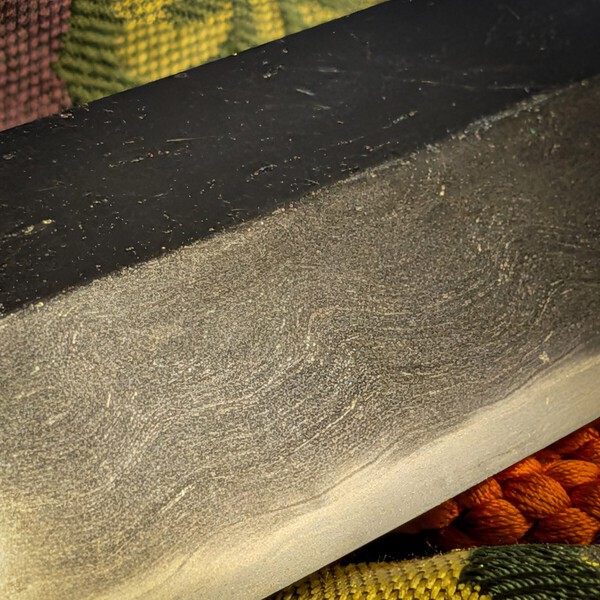
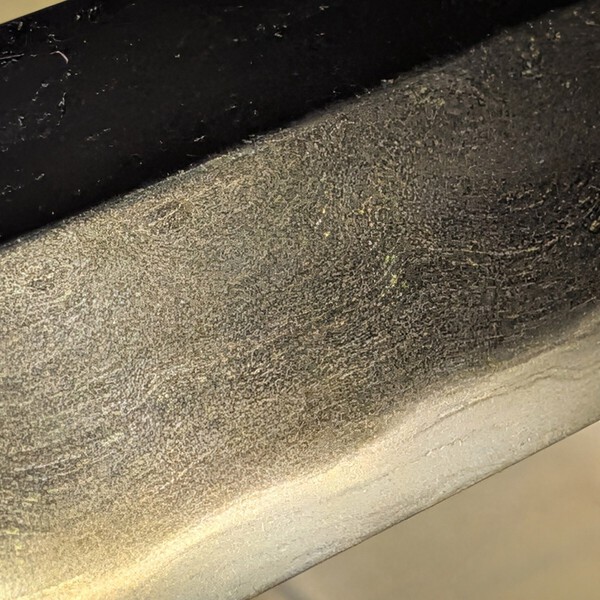
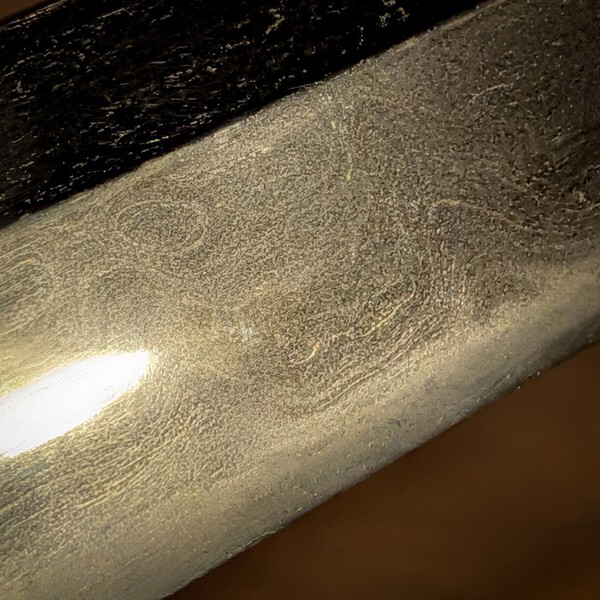
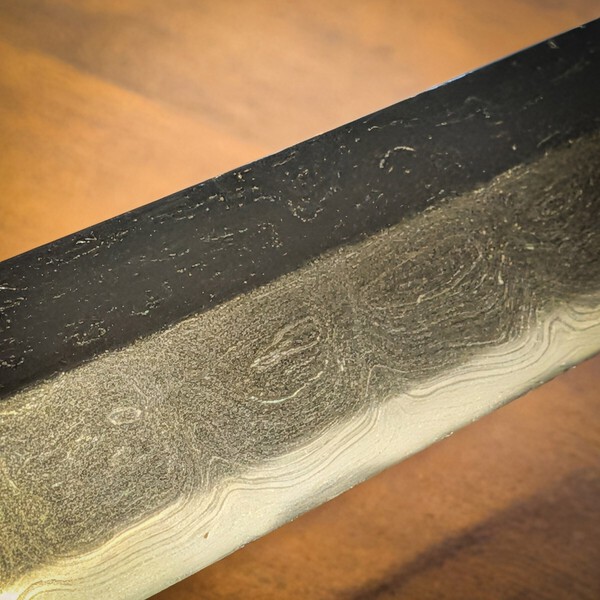
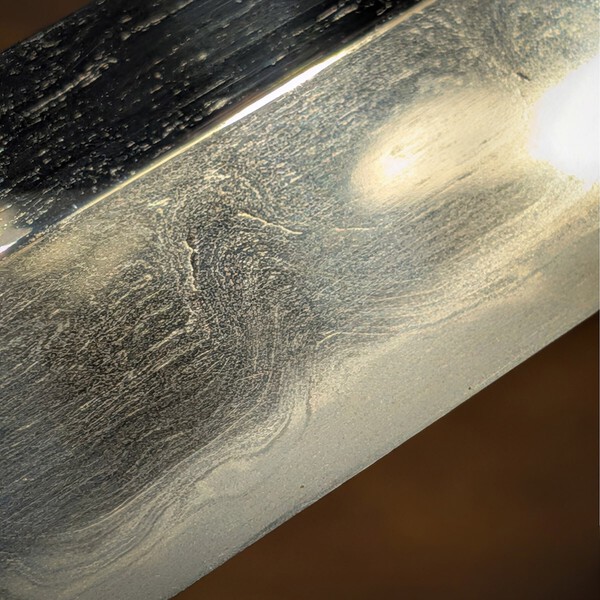

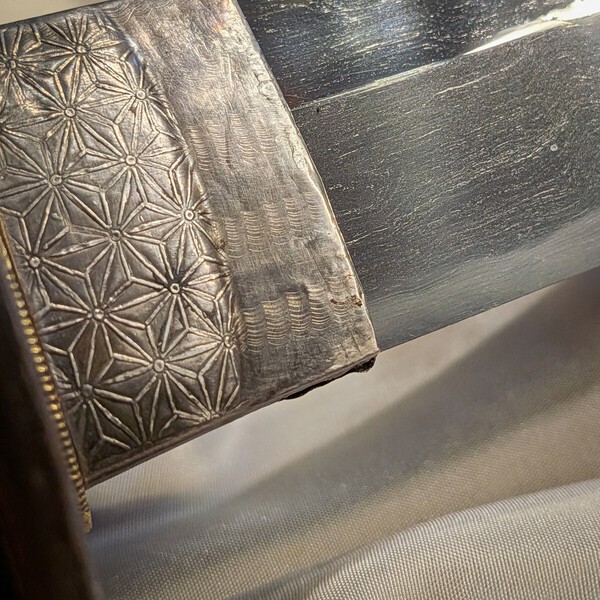
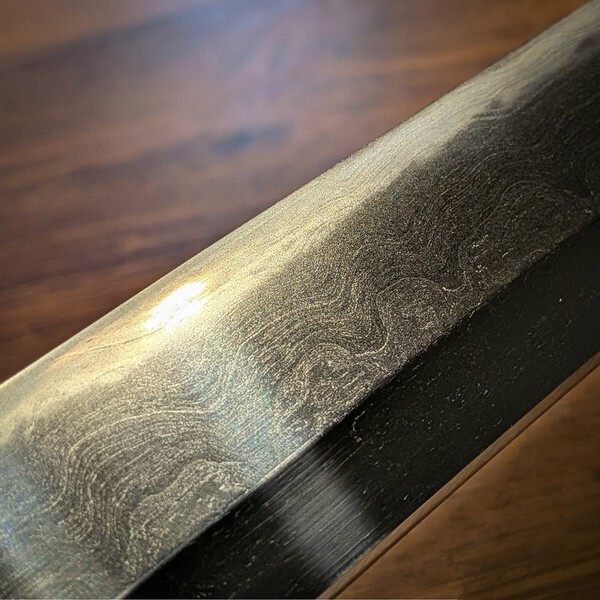
.thumb.jpg.e858a1e8ab6bcb8e83f46707a3dd4de6.jpg)
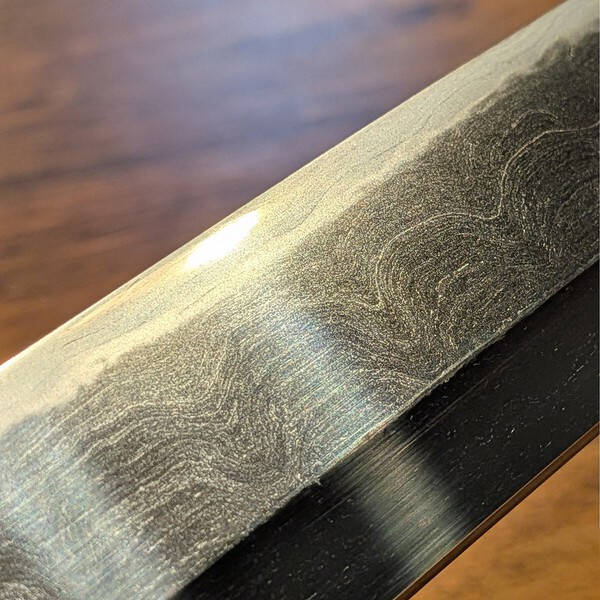
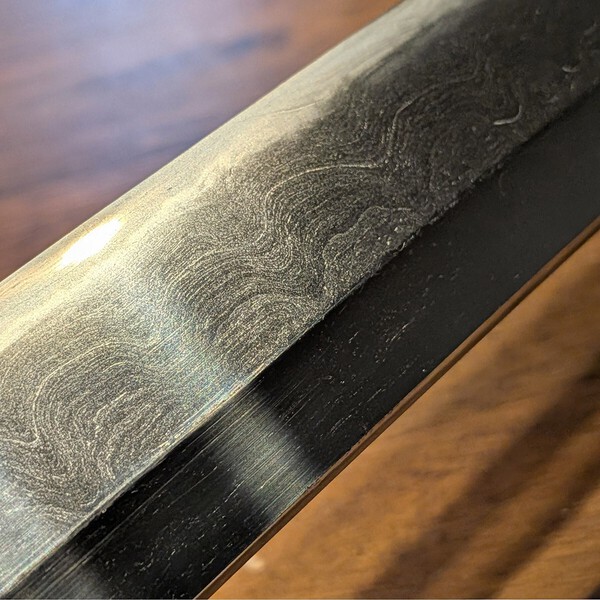
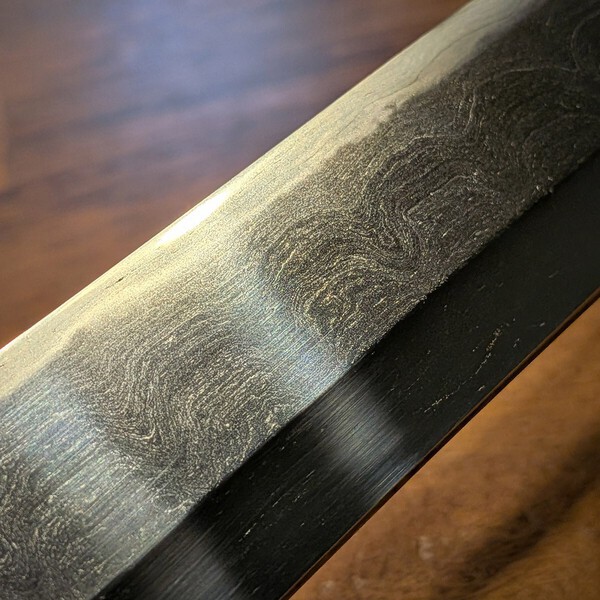
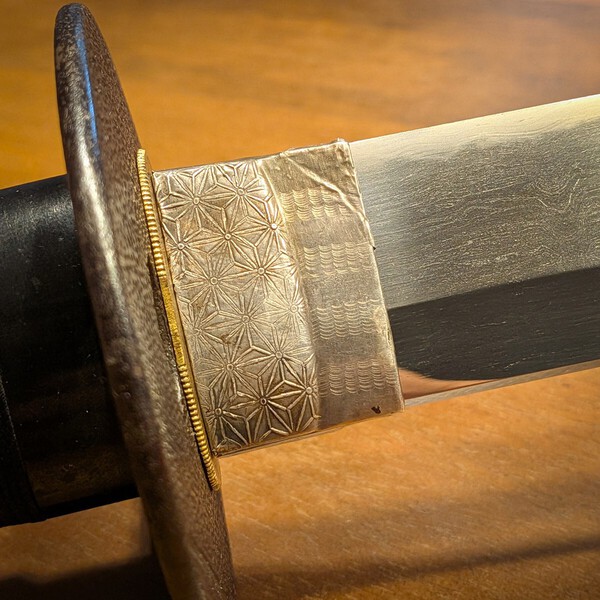
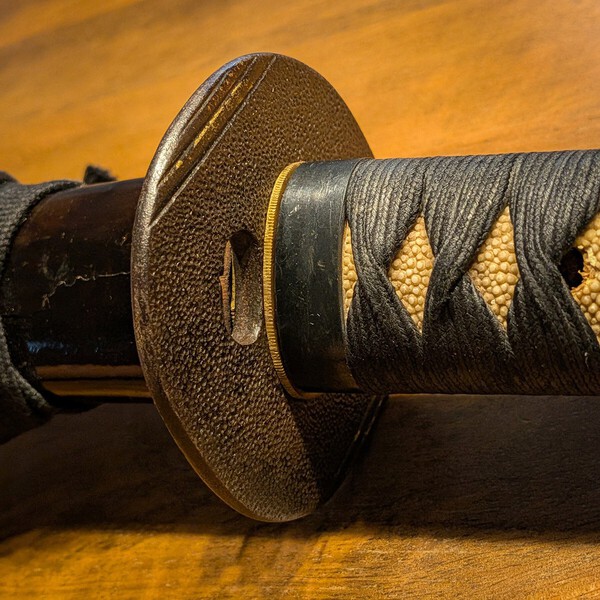
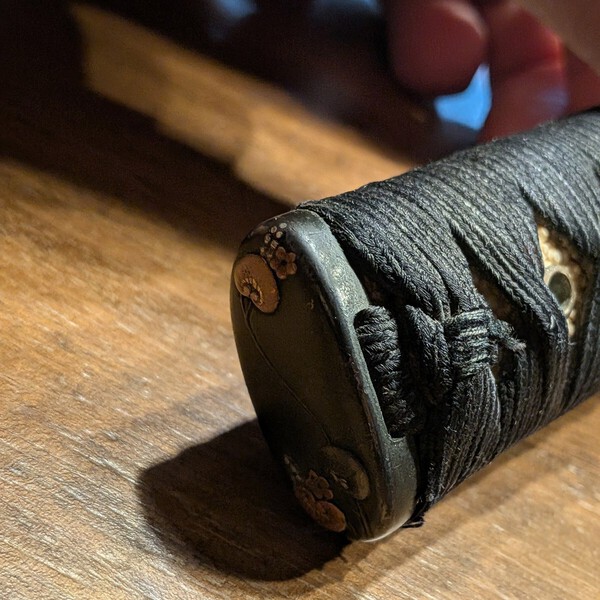
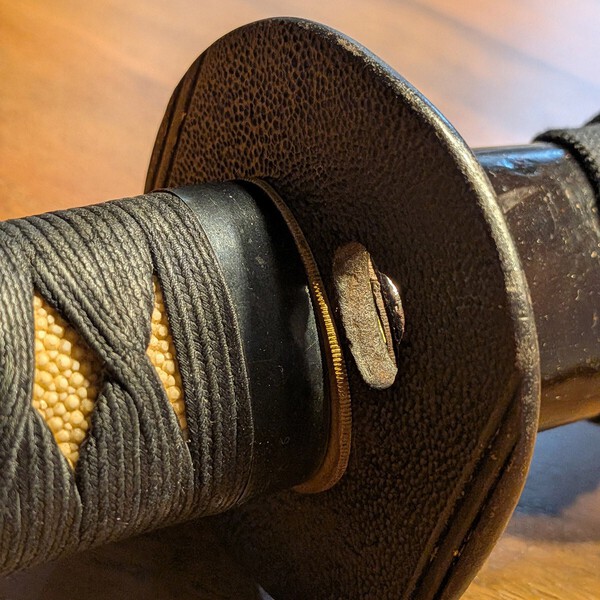
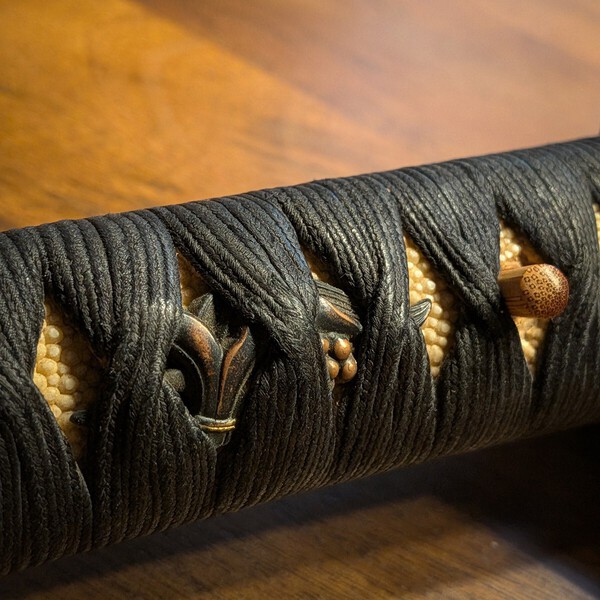
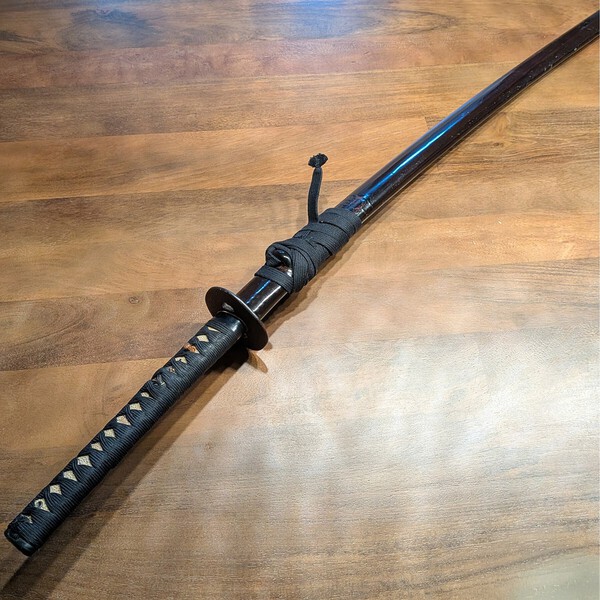
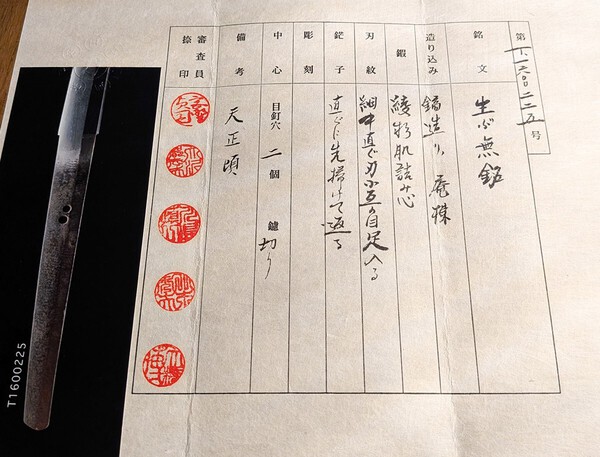
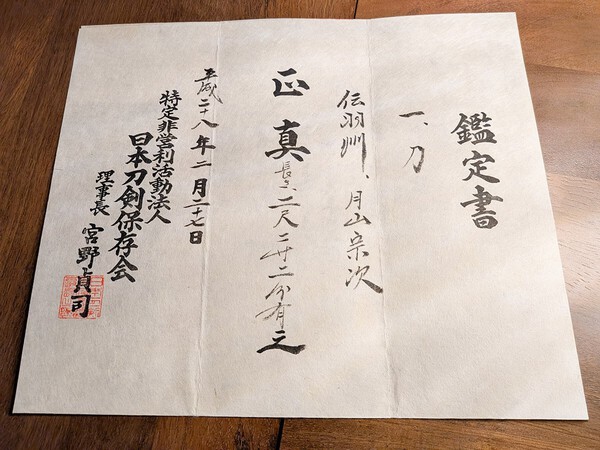
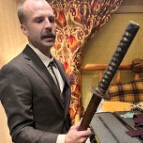
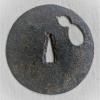

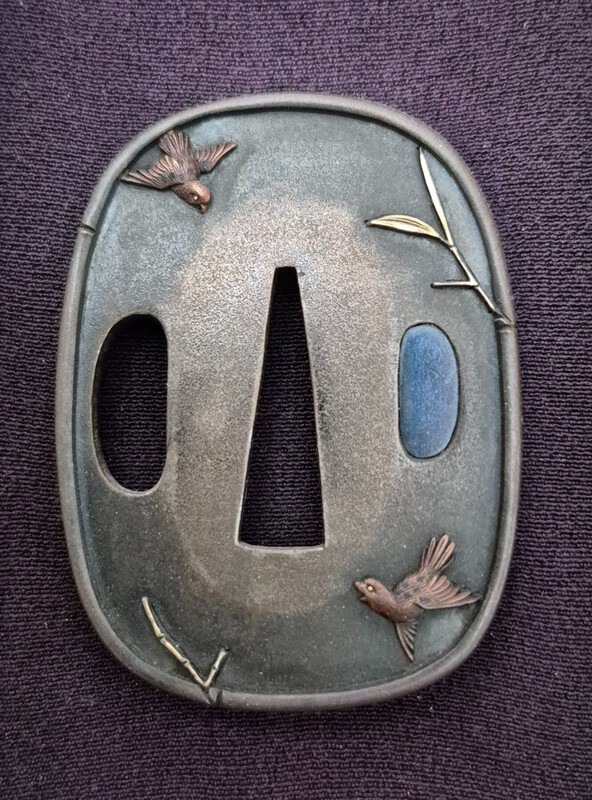



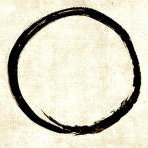
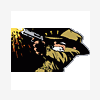
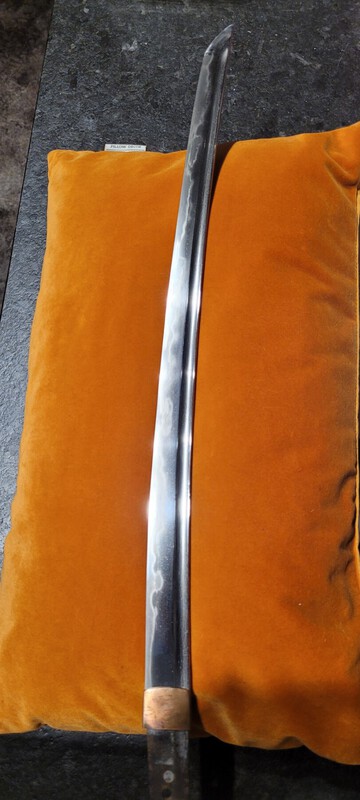

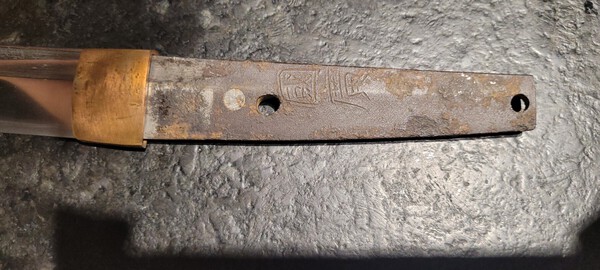

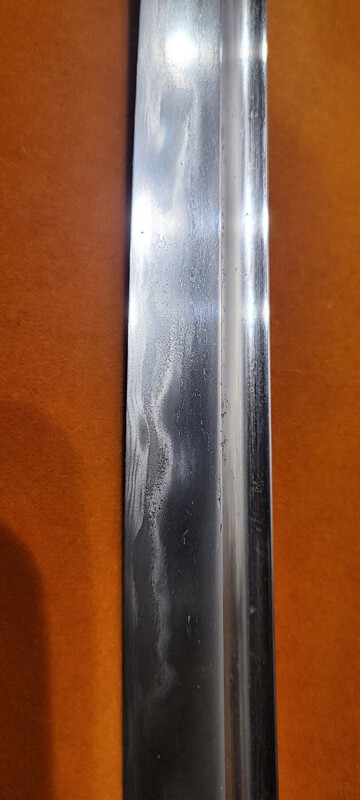

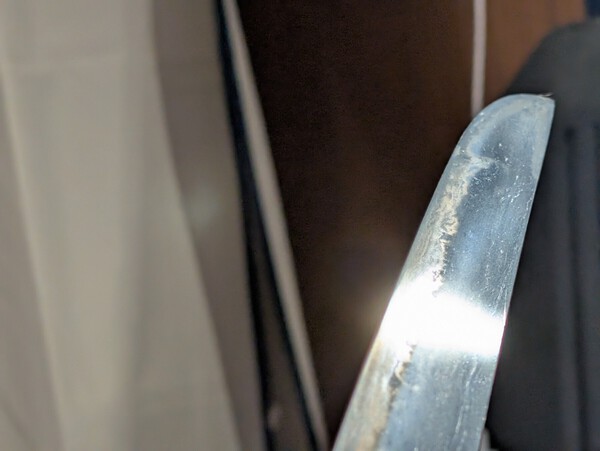
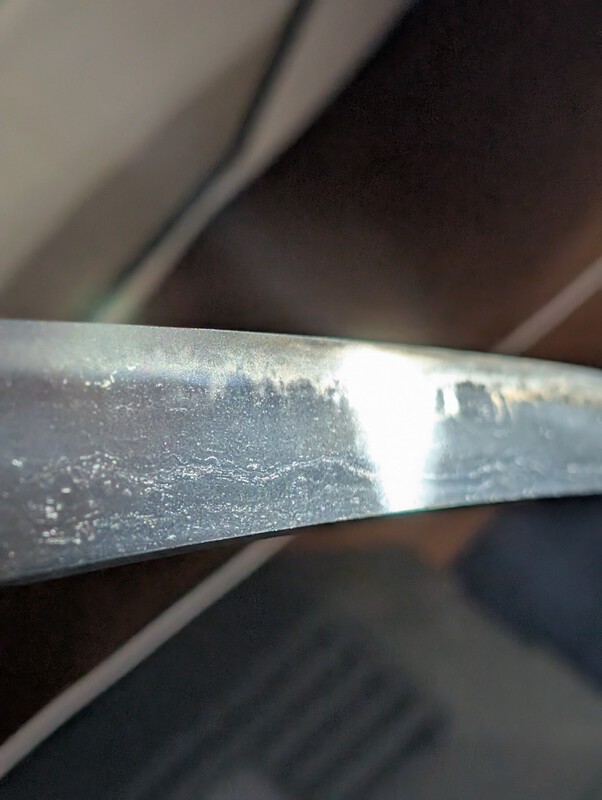

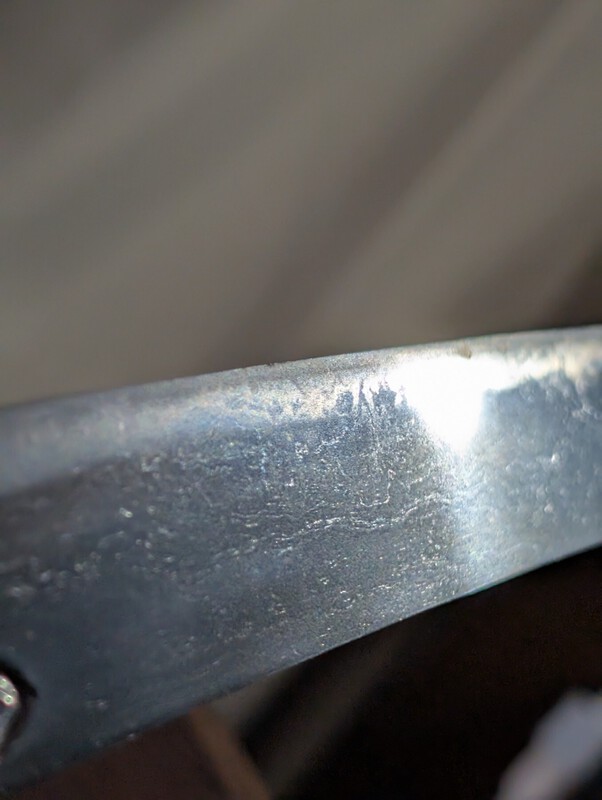


















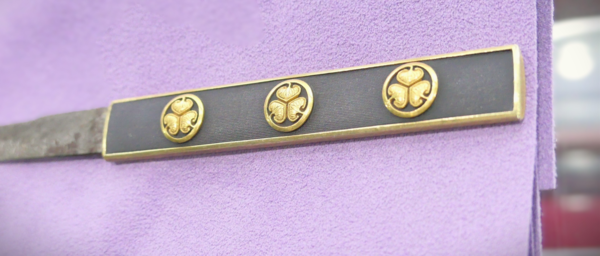
.thumb.png.4c5df79fec171b2dc4a23af38e280a4d.png)
